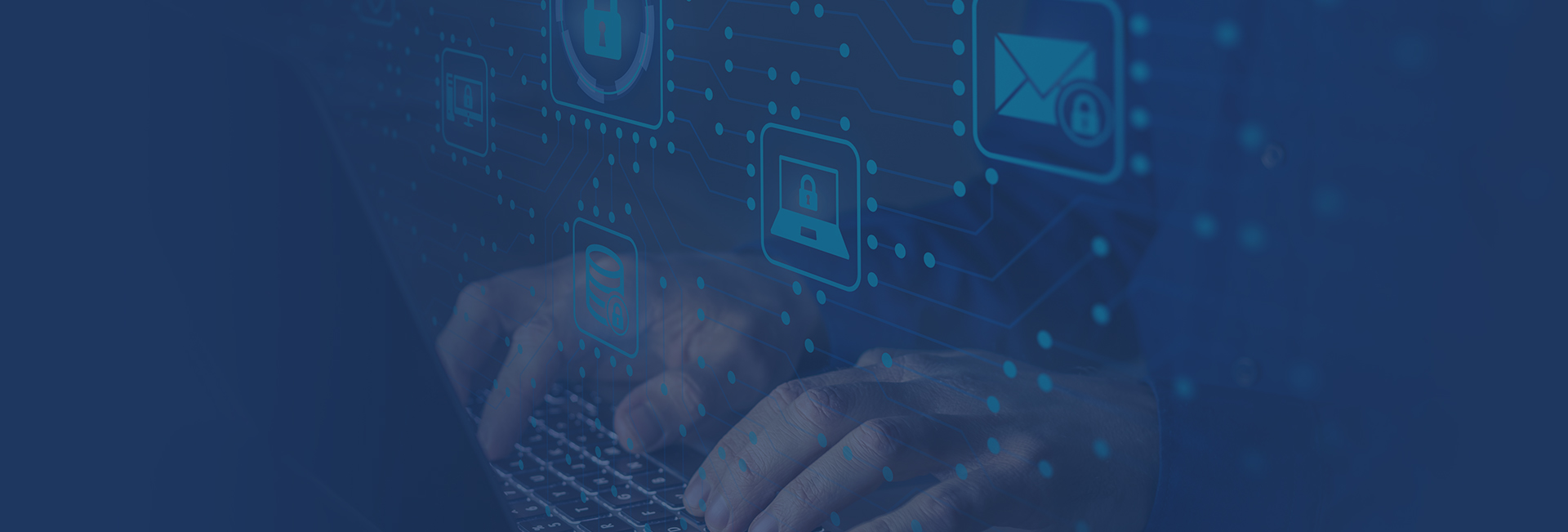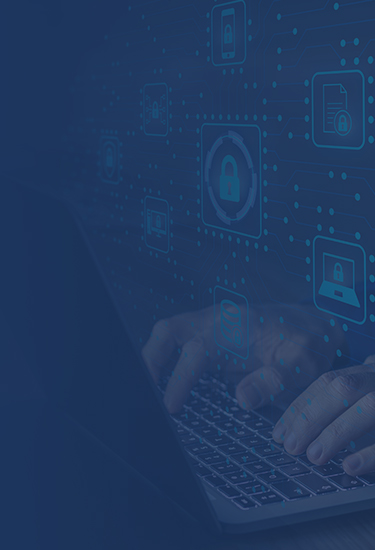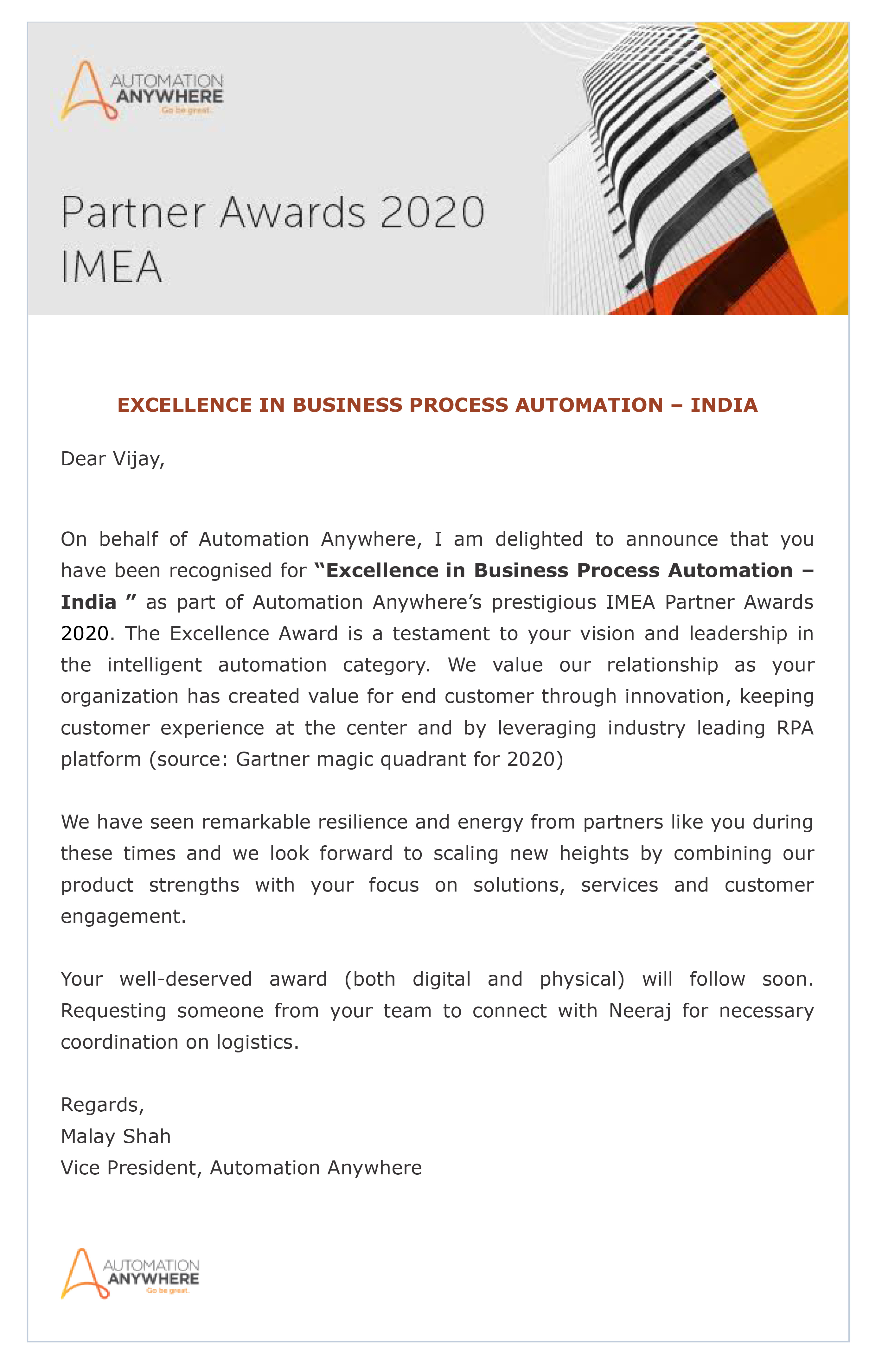The Great Resignation is a term that has been in use since early 2021 when large numbers of employees began voluntarily resigning from their jobs. A whopping 47 million people left their jobs in 2021, and as of February 2022, there were more than 11 million job openings in the U.S.
Employees have given many reasons for resigning from their jobs. The top ones include low pay, lack of advancement opportunities, feeling disrespected at work, trouble finding childcare, lack of flexibility in terms of work schedule, insufficient benefits, and working too many or too few hours.
So, if all of these reasons are the driving force behind people resigning from their jobs, what can employers do to make them stay? At a time when employee turnover is high and costly and retaining employees is difficult, employers can take advantage of automation to help keep employees from resigning.
What Makes Employees want to Stay?
In order to understand how automation can help with employee retention, you have to know what makes them want to stay on with a company. While pay is certainly an important factor, it is not the only one, nor even the most important. A recent global study found the following were the top drivers of a positive work experience that make employees want to stay with their employers:
- A good work/life balance – 50%
- Being part of a team – 41%
- Having the proper equipment/tools for the job – 38%
- Feeling heard and having feedback considered – 36%
- Compensation – 36%
How Automation Can Help

There are many ways automation can be used to improve the employee experience, resulting in a happier and more engaged employee. Take a look:
Offer flexibility in where they work
Intelligent automation makes it possible for employees to access the processes and tasks they need to do their job no matter where they are. This means they can enjoy a hybrid work environment that allows them to work from home when needed and still be highly productive.
Improved work/life balance
With so many people leaving their jobs and so many people being laid off, the people who remained have had to take on more and more of the work burden. This increases stress and decreases job satisfaction. Automating tasks and processes relieves that burden, so employees don’t have to put in extra hours and can find a better work/life balance without sacrificing productivity.
Automating repetitive tasks
The automation of repetitive tasks and processes is a natural progression to achieving a good work/life balance. Having to perform repetitive tasks is time-consuming, tedious, and joyless. Employees have so much more to give you, so relieve them of the repetitive tasks so they can engage in higher-value tasks.
Giving employees the tools they need
An intelligent automation platform that requires little to no code makes it possible for employees to create their own tools, such as a virtual assistant, when they need them. This will allow them to customize their tools to suit their unique needs, ultimately increasing their productivity.
Making it easy to collaborate and work as a team
When employees can connect and share work resources, such as notes and even bots, they can enrich each other’s work and create an environment that thrives on collaboration. Not only that, but cloud and automation technology together make it possible for employees to connect with each other, no matter where they are working.
Provide opportunities for advancement
With the automation boom that has arisen, companies are in need of people with the skills to work with automated systems. From developers to analysts to workflow specialists, your employees can broaden their skills and move within the company to fill these positions and their desire for advancement.
What Comes Next?
The COVID-19 pandemic has fuelled the growth of automation technology, and it is expected that our relationship with that technology will only deepen in the coming years. Robotic process automation (RPA) is at the forefront of this technology. It is offered as RPA-as-a-Service, being integrated into all existing digital technologies to reduce costs for companies, while increasing productivity and easing the workload for employees. This is a win-win, generating better results for the company while creating happier employees who want to stay.
Book a discovery call with a member of the Tangentia team today to find out more about how automation can help you retain your employees.




















